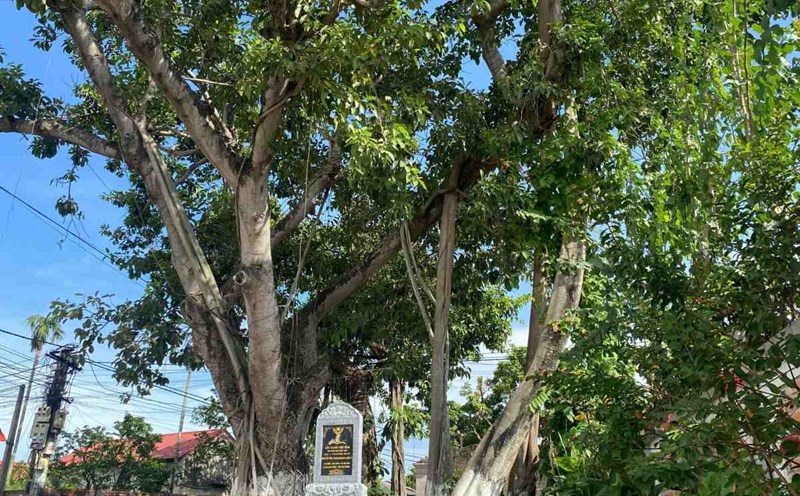For nearly a quarter of a century, scientists have speculated about the existence of Zealandia - a mysterious giant continent submerged under the ocean floor. Now, Zealandia has been officially recognized as the 8th continent on Earth, opening the door to explore the history and geology of our planet.
Daily Galaxy reported on January 20 that Zealandia's story began 500 million years ago when it was part of the supercontinent Gondwana - including the Arctic, Australia, South America and Africa.
About 100 million years ago, Gondwana began to separate. However, unlike most other continents, Zealandia has undergone a significant subsidence.
Zealandia drifted away from eastern Australia and about 94% of the mainland was gradually submerged under the ocean floor, leaving only New Zealand and New Caledonia emerging into the water.
The exact reason behind Zealandia's significant decline is still a mystery. Scientists speculate that tectonic stretching and thinning of the crust play a major role. These processes make continents hidden under layers of ocean sediment, making location extremely difficult.
With an area of up to 4.9 million km2 (nearly 2/3 of Australia) but located 2 km deep under the sea, Zealandia has almost "disappeared" from the Earth map, until modern technology helps scientists uncover this mystery.
Zealandia was first proposed by explorer Abel Tasman in 1642, but it was not until 2017 that researchers at GNS Science (New Zealand) determined the boundary of this continent thanks to the technology of maping the seabed and drilling deep.
Despite its geological structure that meets the criteria of a continent, recognizing Zealandia is not easy because most of its area is submerged in deep ocean.
Everything is more than 2 km from the water, and the sedimentary layers that need to be studied are located 500 meters further below the seabed, said Professor Robert Sutherland (University of Victoria, Wellington).
Despite these obstacles, scientists have successfully collected evidence to confirm the continental status of Zealandia. This includes the separate geological composition of Zealandia, which matches the criteria used to determine the continent.
Zealandia not only re-wists the geographic map of the Earth but also helps scientists better understand how continents form, separate and change over millions of years. Researchers expect the discovery of Zealandia to provide more data on tectonic plate movements, climate change and the evolution of marine ecosystems.
Exploring Zealandia shows that, even in the modern technology era, the Earth still has countless secrets waiting to be solved. This sinking site is a testament to humanity's perseverance and endless curiosity. Who knows, under that deep ocean, there are many other "missing" continents waiting to be found?







